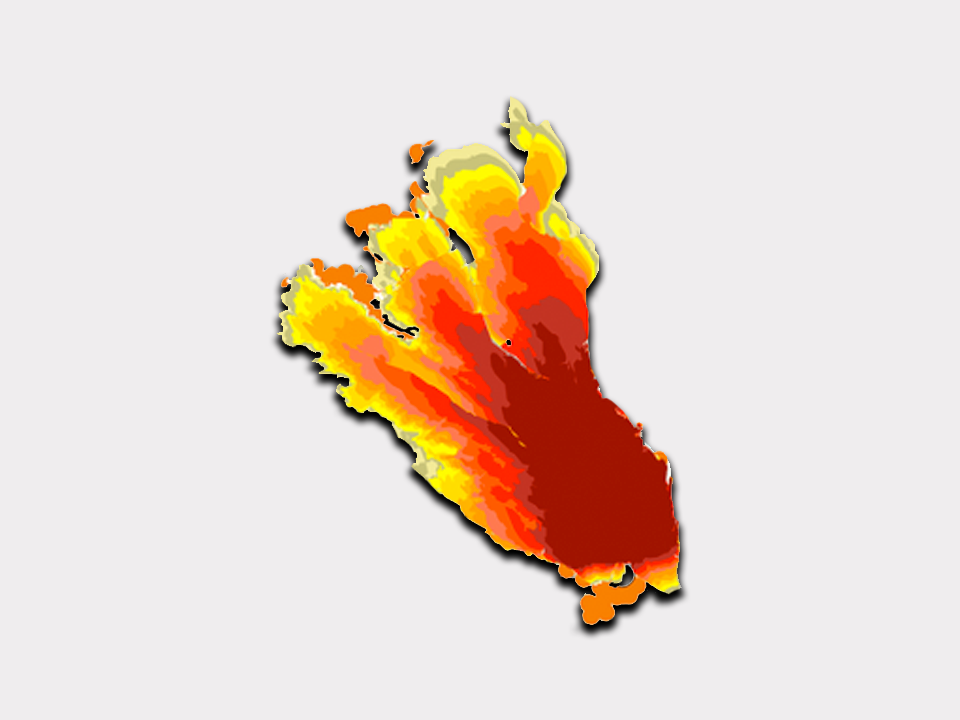Field-Scale Validation of Data-Driven Wildland Fire Spread Simulations
Cong Zhang, Mélanie Rochoux, Wei Tang, Maria Theodori, Michael Gollner, and Arnaud Trouvé (2016) "Field-Scale Validation of Data-Driven Wildland Fire Spread Simulations." 5th International Fire Behavior and Fuels Conference, Portland, Oregon.
Summary
The objective of this project is to demonstrate the benefits of data-driven wildfire spread
modeling using ensemble-based data assimilation methods combined with sensor observations of
the position of the fireline in order to provide a wildfire spread forecasting capability. The
present data-driven modeling approach is similar to that used for weather forecasting
applications. Our wildfire spread simulation prototype called FIREFLY-EnKF features the
following components: a front-tracking fireline solver that adopts a regional-scale viewpoint,
treats wildfires as propagating fronts, and uses a description of the local rate of spread (ROS) of
the fire as a function of biomass fuel, topographical and meteorological properties (based on the
Rothermel model); a series of observations of the fire front position; and a data assimilation
algorithm based on an ensemble Kalman filter (EnKF) that can correct ROS parameters in order
to decrease the distance between simulated and observed fire front positions. In this work,
FIREFLY-EnKF is extended to a spatially-distributed parameter estimation approach to cope
with the spatial variations of environmental conditions (in particular near-surface wind
conditions). The potential of FIREFLY-EnKF for dynamically estimating the interactions
between the near-surface wind and the fire is evaluated in simulations of two field-scale
prescribed-burn experiments: a 30-hectare fire experiment called FireFlux I (Clements et al.
2007), and a 2-hectare fire experiment called RxCADRE S5 (O’Brien et al. 2015). In both cases,
data assimilation is shown to improve greatly the accuracy of the fire model and in particular its
forecasting capability.


